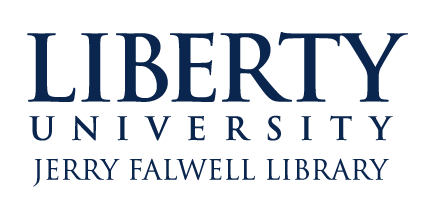Abstract
The Supreme Court’s 1990 decision in Employment Division v. Smith redefined its approach to cases under the Free Exercise Clause of the First Amendment. Many have criticized that approach and questioned its validity in the three decades since it was adopted. In Fulton v. City of Philadelphia, the Court again considered Smith’s flaws, but declined to overrule it, instead evading the Smith standard by clarifying an exception to its purportedly bright-line rule. While multiple Justices acknowledged and largely accepted the reasons that scholars continue to denounce Smith, a majority did not agree that it was time to change course. Justice Barrett, in particular, penned a concurring opinion raising several pragmatic concerns about what standard the Court might establish in the wake of Smith. In so doing, she asked four distinct questions about the future of the Court’s free exercise approach.
This Article seeks to address Justice Barrett’s four questions by looking to examples in the laboratories of democracy—the States. Many states have dealt with free exercise questions under alternatives to Smith’s approach. These states shed light on the workability of strict scrutiny regimes like the Court’s own pre-Smith standard, illustrating the application of the approach, the scope of the rights involved, and the respect the judiciary should give free exercise claims. Ultimately, such state models reveal that leaving Smith behind protects religious free exercise in a way that is not only consistent with the Founders’ understanding, but also functional in practice, thus resolving each of Justice Barrett’s questions.
Recommended Citation
Moelker, Nathan
(2023)
"Fulton's Answer: State Constitutional Rejections of Employment Division v. Smith as a Practical Model for the Restoration of the Free Exercise Clause,"
Liberty University Law Review: Vol. 18:
Iss.
1, Article 3.
Available at:
https://digitalcommons.liberty.edu/lu_law_review/vol18/iss1/3


